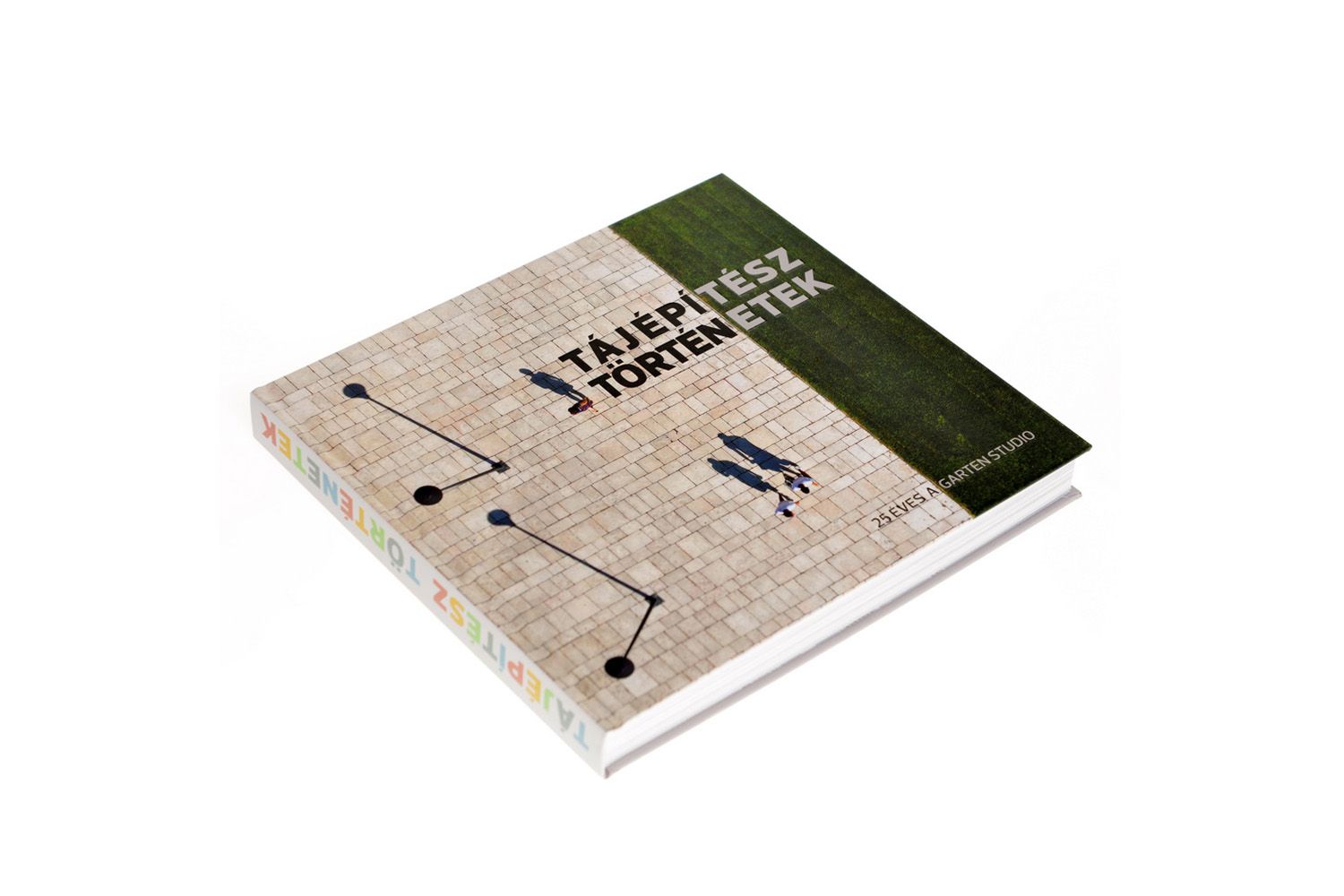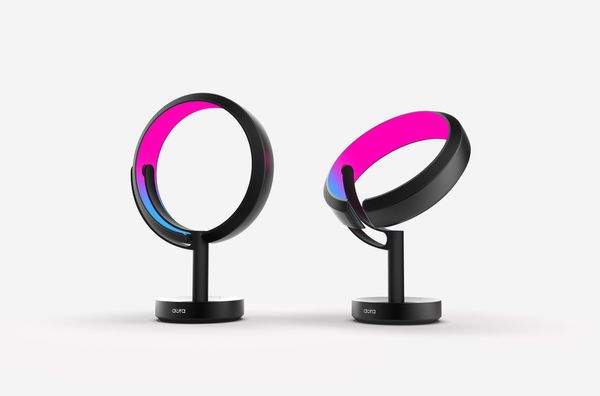Courtyards of office buildings, gardens of detached houses, castle parks, public spaces, playgrounds and green walls: now we can get to know the hottest trends of Hungarian landscape architecture through the works of Garten Studio, one of Hungary’s leading firms in the field. The book titled Tájépítész Történetek (Landscaping Stories) has been published, which does not only fill a gap on the market with its topic, but also illustrates the diversity of the profession. Garten Studio’s lead architects, the editor of the book, Attila Glázer and the author, Dávid Zubreczki shared their thoughts with us regarding the publication.
We don’t talk enough about the profession of landscape architecture and the public spaces and parks that shape and determine our everyday environment. As Dávid Zubreczki, the author of the book, also highlighted it: “in Hungary, landscape architecture does not receive as much attention as architecture does.”
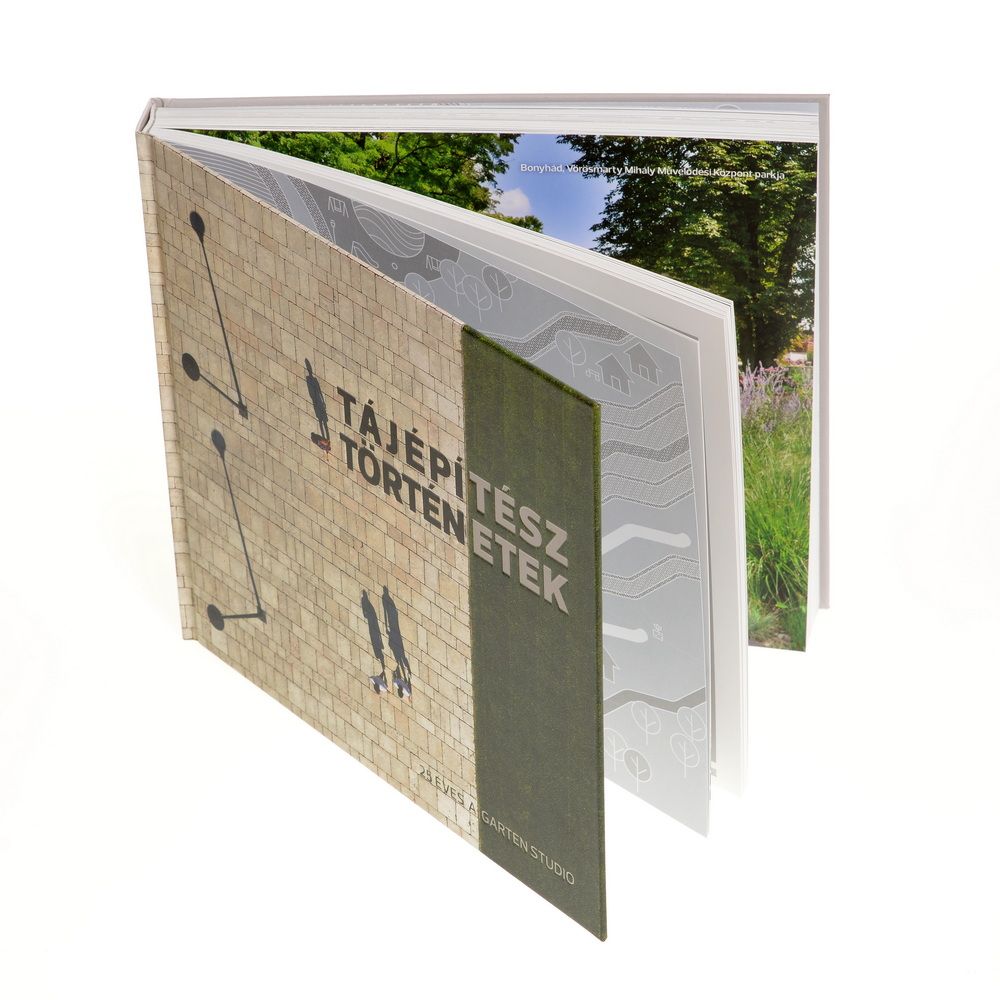
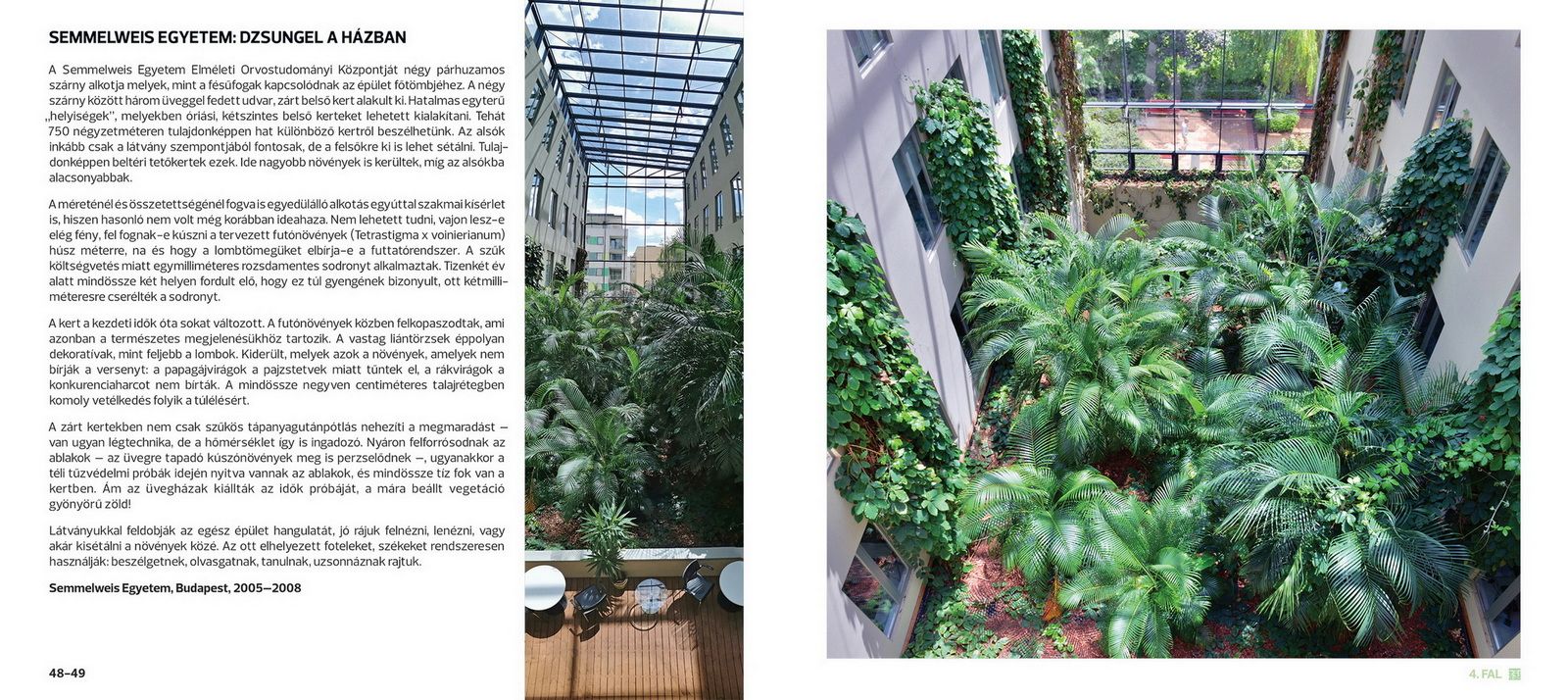
“For us, it seems somehow natural and evident that a well-known architect or architecture studio will sooner or later have a book published about them and that books on architecture are mandatory elements on the shelves of intellectuals next to art albums even if architecture is not their main area of interest. This, however, is far less obvious in the case of landscape architecture. So much so that up until now no such volume has been published about either of the Hungarian landscape architecture studios! What is more, no books have been published on the topic in Hungary that would have also tried to address the broad audience in addition to the representatives of the profession,” he added.
“For us, in addition to providing a comprehensive summary, the most important thing about this publication is that finally there is a book presenting contemporary Hungarian landscape architecture, as no similar volumes have been published ever before. We see it as a way to familiarize the public with our profession and to gain recognition for it, which we consider extremely important,” Garten Studio commented.

During the company’s many years of existence more than a thousand designs have been conceived, and thus it would have posed a vast challenge to select and present the twenty-five best projects of the twenty-five years. In order for the result to be more reader-friendly and also enjoyable for people outside the profession, the leaders of Garten Studio opted for a structure other than a linear presentation of projects in chronological order.
“Garten Studio picked the most important hundred projects out of more than a thousand works, and finally we covered the activity of the studio with seventy-two designs. We came up with the structure together, but it was Dávid’s idea to leave the traditional rules of editing behind and to create something entirely new. The table of contents evoking poems and listed in alphabetical order shows how the designs can be brought closer to the reader. This way of editing is much more based on emotions, which inspired us to create a more humane character for the volume instead of a hard-to-swallow, dry engineering book,“ Attila shared with us.
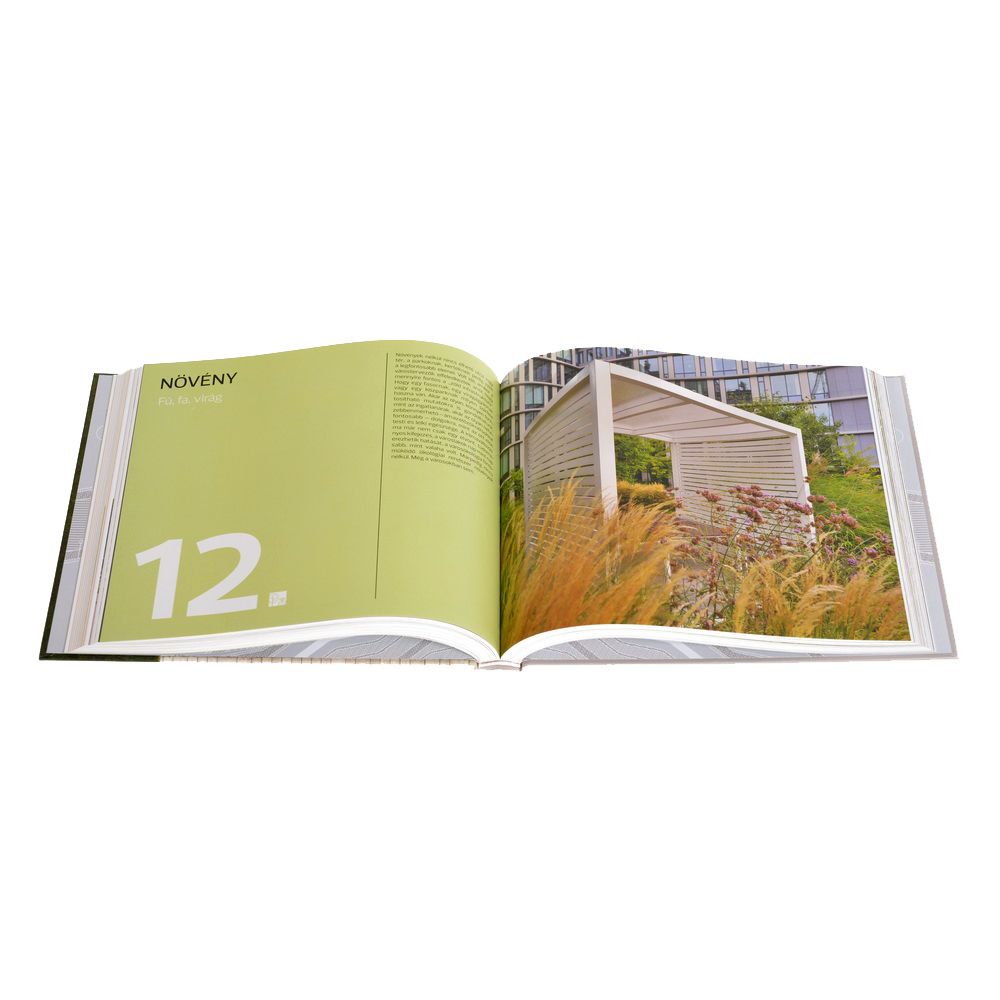
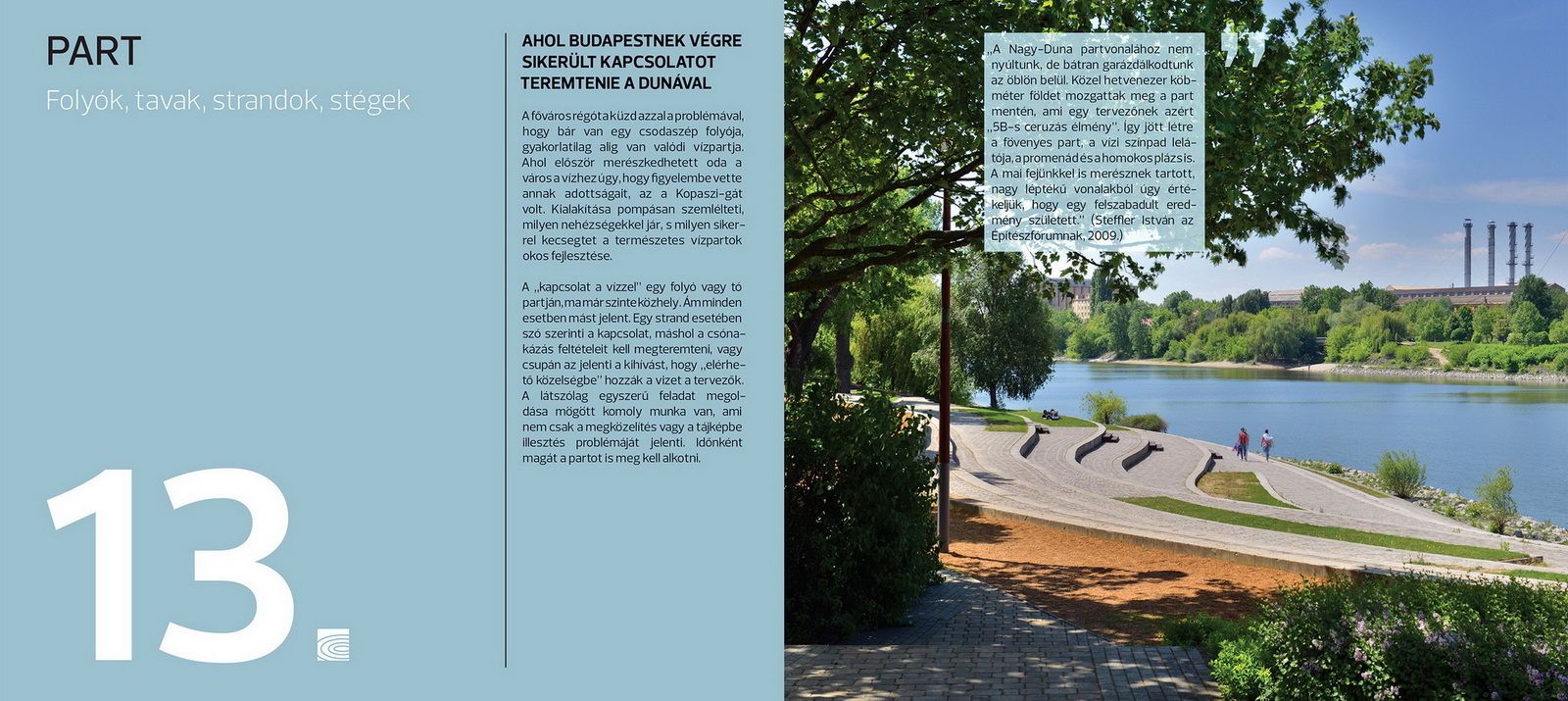
Under the chapter titles consisting of one or two syllables—that might just as well be lines of free-verse poetry—we can take a peek behind the scenes of works of the most diverse type, scale and design, including Graphisoft Park and the Kopaszi Dam, which also opened a new chapter in the history of landscape architecture in the Hungarian capital, or the designs of the Várkert Bazár and the much-disputed developments of Budapest’s Városliget.
“This is an all-in-one project, giving equal emphasis to both design with a comprehensive ecological approach and the elaboration of tiny details and objects, or creating one of Hungary’s largest playgrounds. The Városliget project is special and unique in all aspects and poses a great challenge to our profession,” Garten Studio commented.

In addition to countless archive shots and design documentations, the book is illustrated by Attila Glázer’s photos, allowing readers to check both the before and after versions of the given projects. Marcell Németh was commissioned to design the publication.
“The basic principle of editing was to give a magazine-like layout to the book. This thought was driving the hand of the book’s designer, Marcell Németh, too, when he determined the style and the ratios to be applied. We also chose the colors in several rounds: the five colors manifest the presence of nature and people. In their case it was important to pick a shade that doesn’t overshadow the images. The alternation of smaller and larger images, the use of many texts with frames and highlighting certain parts all serve the purpose of making the chapters easy to read and also interesting in their details. It was not a novel we were aiming for, rather a magazine-book,” Attila added.
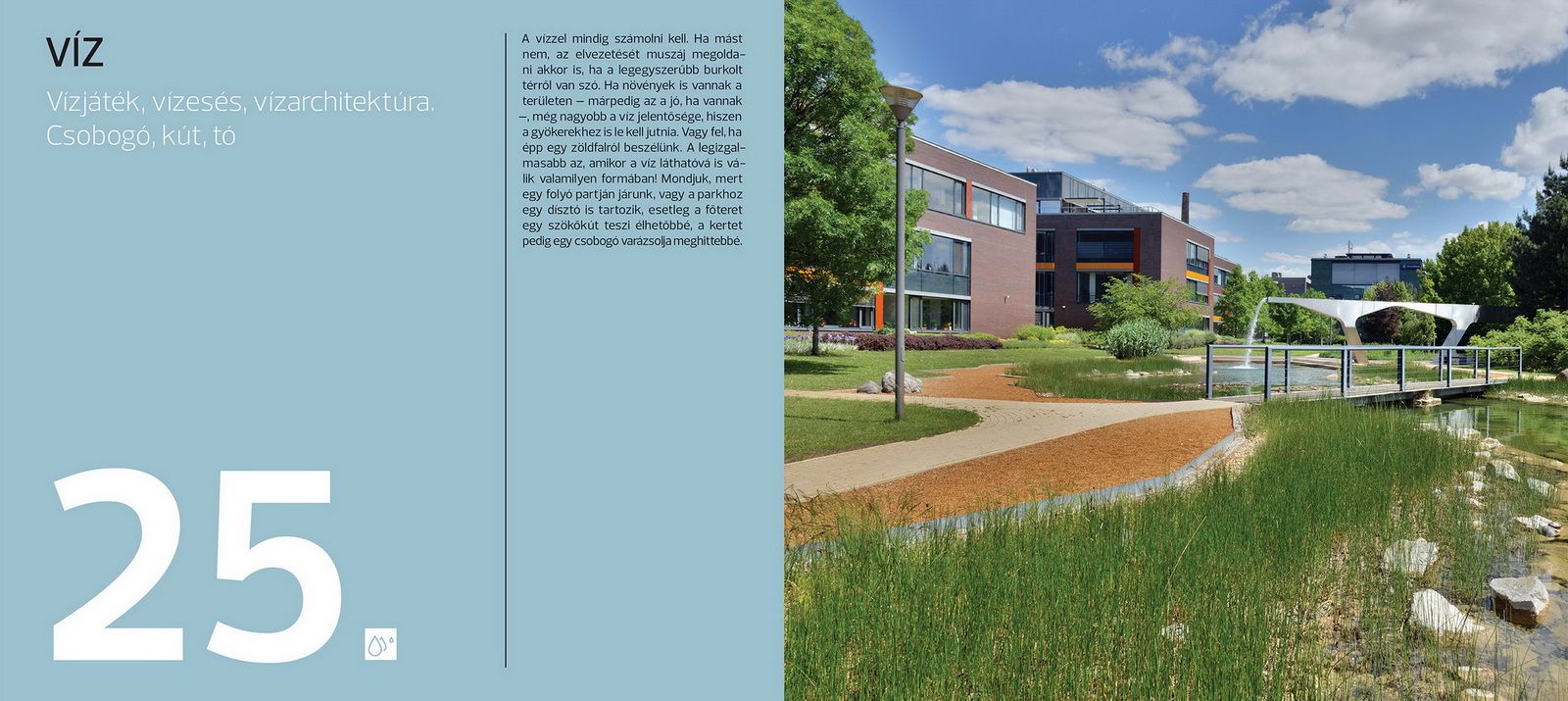
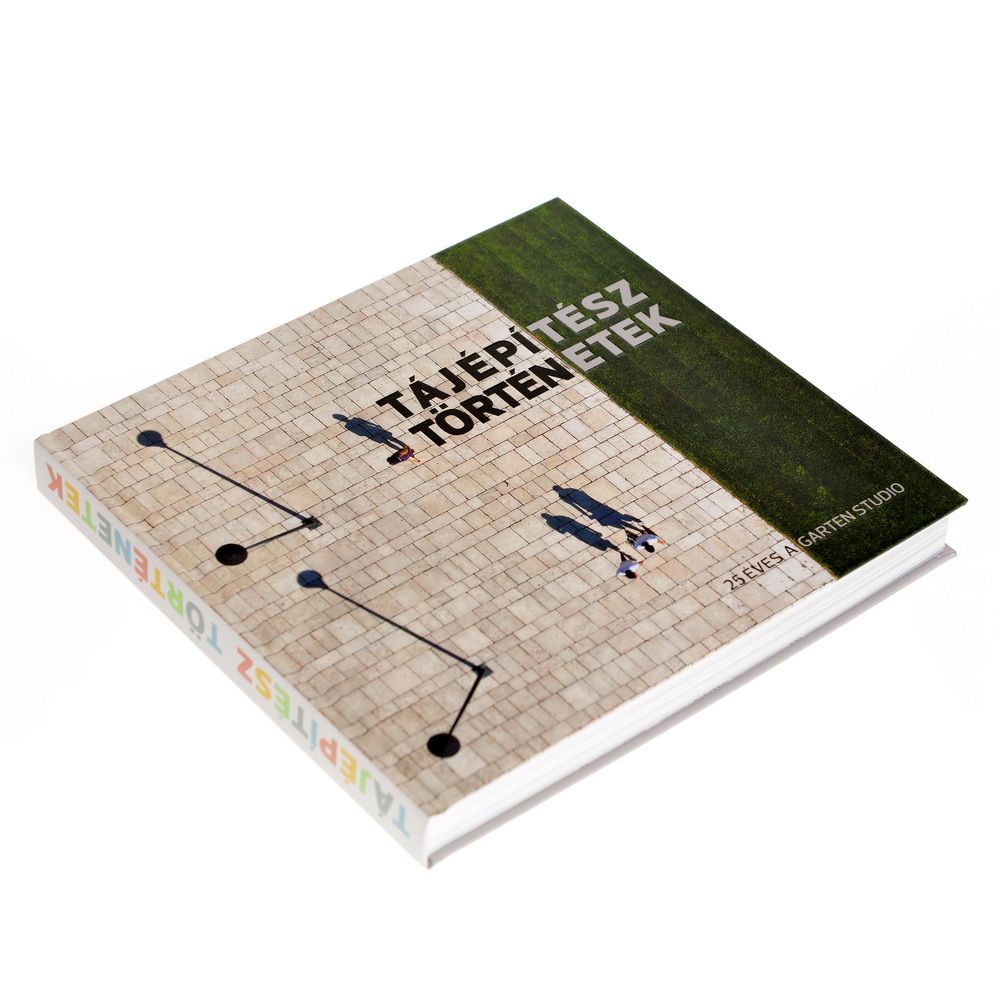
You can order your own copy of Tájépítész Történetek from Garten Studio directly or can purchase it via Dávid Zubrecki’s website, but it is also available in several bookstores in Hungary, including FUGA, Írók Boltja and Atlantisz Könyvsziget.
Garten Studio | Web | Facebook
AttilaGlázer | Web | Facebook
Dávid Zubreczki | Web | Facebook | Instagram

Nanushka is Europe’s fastest growing fashion company | Financial Times










